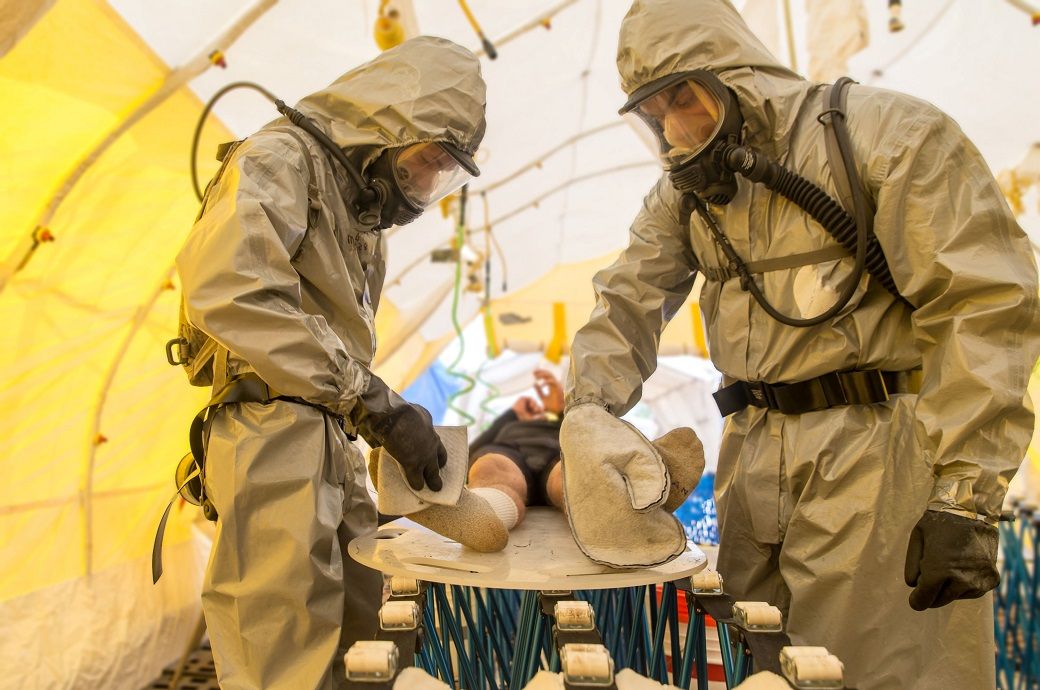
FiberTect, a creation of Dr Seshadri Ramkumar from Texas Tech University’s (TTU) Department of Environmental Toxicology, is a nonwoven, three-layered wipe with an activated carbon core. Introduced in 2008, it is designed for both equipment and skin decontamination without damaging the skin's protective layer. This feature makes FiberTect a standout product, especially given the increasing complexity of modern-day chemical threats, according to an article titled ‘TTU Professor’s Invention is Part of Decontamination Advancements by the US Army’ by Jenna McAlister published on Texas Tech University’s website.
FiberTect’s effectiveness on skin and equipment positions it as a vital tool in the face of evolving chemical warfare agents. Traditional decontamination systems have struggled to address the challenges posed by modern agents, which range from synthetic opioids like Fentanyl to weaponised bio-toxins such as ricin.
These agents, often appearing as dry powders, persist across diverse climates and require careful handling to avoid inhalation hazards and skin permeation. The water-based systems, though effective, are less practical in cold or harsh environments and risk cross-contamination through runoff.
FiberTect represents a collaborative effort between First Line Technology and Hobbs Bonded Fibers, based in Waco. This innovative approach to decontamination is set to enhance current practices, aligning with the dynamic demands of today's threat landscape.
“FiberTect has been a powerful decontamination tool that is used globally as the 'first' item that a responder would grab to start the decontamination process,” noted Amit Kapoor, president of First Line Technology. “The result from continuous testing only reinforces the technical superiority of FiberTect over other common decontamination tools.”
“Decontamination of dry powders is a new use for FiberTect as it was originally designed for older Cold War-era liquid chemical warfare agents, but new research has shown that on powders its decontamination efficacy exceeds other technologies that have been traditionally used such as HEPA vacuums and adhesive tape,” said Corey Collings, director of R&D at First Line Technology.
Fibre2Fashion News Desk (NB)

